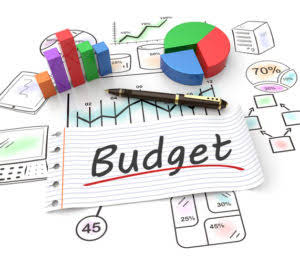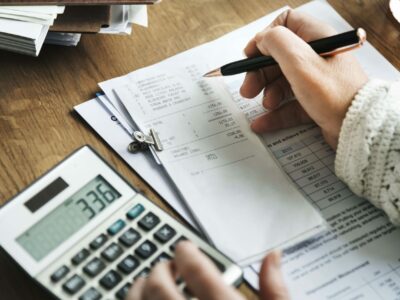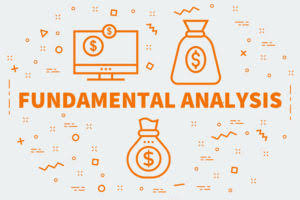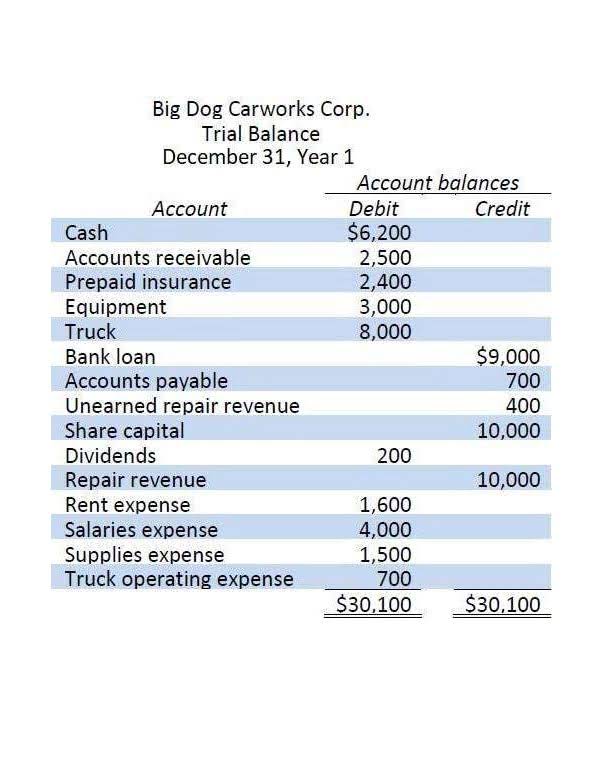
The remaining service life of the truck should be estimated and the depreciation adjusted to write off the new book value, less salvage, over the remaining useful life. A more appropriate treatment is to remove the cost of the old motor and related depreciation and add the cost of the new motor if possible. Buildings are structures like factories, offices, warehouses, and other places where businesses produce goods or provide services.
- For example, a new plant may be valued at $100,000, but if it is expected to last 10 years, it may cost $1 million to build and maintain.
- Companies may periodically invest in repairs or renovations to keep buildings safe, efficient, and compliant with regulations.
- Plant assets are usually expensive, long-term investments made to underpin a company’s production process.
- In conclusion, plant assets are a foundational component of any business, providing the essential infrastructure and tools needed for long-term operations and revenue generation.
- Machinery and equipment are typically among the highest-depreciating assets due to constant usage, which results in gradual wear and tear.
- As high-value assets, plant assets represent a considerable portion of a company’s long-term investments.
Depreciation of Plant Assets

Managing them well means understanding their role in creating income over time. They understand that good-looking and functional outdoor spaces often add value to real estate. Knowing when and how much to invest in improvements helps manage capital expenditures wisely. The straight-line method is the most commonly used method in most business entities. It is also called a fixed-installment method, as equal amounts of depreciation are charged every year over the useful life of an asset.

How Liam Passed His CPA Exams by Tweaking His Study Process

They form the backbone of a company’s operational arsenal, each with a distinct role and value on the balance sheet that can significantly impact long-term business success. Plant assets are different from other non-current assets due to tangibility and prolonged economic benefits. When a plant asset is acquired by a company that is expected to last longer than one year, it is recorded in the balance sheet at the end of the financial year. Law Firm Accounts Receivable Management Besides, a part of the asset’s cost is charged to expenses account as a non-cash expense, depreciation.
- Plant assets are deprecated over their useful lives using the straight line or double declining depreciation methods.
- Plant assets, except for land, are depreciated to spread their cost out over their useful life.
- Next, the business must ensure that it is used for the business purpose and not kept as inventory for selling later on.
- If you buy a piece of land for $1,000 and then decide to sell it at $2,500, the land will be depreciated over the life of the contract.
- Improvements refer to significant enhancements made to existing assets, either to extend their useful life or increase their functionality.
- Depreciation is a crucial accounting practice as it allocates the cost of an asset across its useful life, matching the expense with the revenue it helps generate.
Importance of Plant Assets in Financial Statements
Thus, for accounting and plant asset disposal, they are recorded at cost, and are depreciated over the estimated useful life, or the actual useful life, whichever is lower. Finally, if required, the business or the asset owner has to book the impairment loss. In that case, the estimated realized value of the asset is less than the actual depreciated cost appearing in the books. To be classified under the category of this kind of asset, it should be of tangible nature, which means that it should have the feature of being seen or touched. The next plant assets characteristics is that it should be able to provide benefit to the business for more than one year.
Impairment of Plant Assets

The last entry would be posted every year for the next 30 years, resulting in nil value at the end of the useful life. Plant assets fall under the fixed asset category and can be used in the business for more than one year. They are used for manufacturing and selling the goods and services of the company. Plant assets have distinct characteristics that set them apart from other types of business assets. These assets are essential to operations, often involve substantial investment, and have unique accounting requirements due to their long-term plant assets nature.
Plant Assets in Financial Statements
- Each industry tailors its asset management to meet operational needs, balancing the cost, maintenance, and efficiency of these assets to stay competitive and maintain service standards.
- As a result, it’s important to monitor a company’s investments in PP&E and any sale of its fixed assets.
- Furniture and fixtures are also depreciable over time, with their useful life depending on materials, design, and usage.
- Plant assets are long-term physical items a company owns and uses to make its products, like buildings, machines, and equipment.
- Therefore, the first few years of the assets are charged to higher depreciation expenses.
- Examples of noncurrent assets include investments in other companies, intellectual property (e.g. patents), and property, plant and equipment.
Some companies use a fleet management approach to track usage, maintenance schedules, and depreciation, ensuring the longevity and reliability of their vehicles. These assets are significant for any business entity because they’re necessary for running operations. Besides, there is a heavy investment involved to acquire the plant assets for any business entity. The company’s top management regularly monitors the plant assets to assess any deviations, discrepancies, or control requirements to avoid misuse of the plant assets and increase the utility.

#2 – Written Down Value Method
- How do businesses decide when to replace a plant asset instead of repairing it?
- Remember, all of these assets (except land) would be subject to depreciation over their useful lives.
- Current assets are expected to be used within a year or short-term time frame.
- This means every year, a portion of their value would be recorded as an expense in your income statement, reducing the value of these assets on your balance sheet.
- Plant assets should be depreciated over their useful life, and reflected as an expense on the income statement.
The assets can be further categorized as tangible, intangible, current, and how is sales tax calculated non-current assets. It includes cash/bank, short-term securities, inventories, account receivables, etc. One of the CNC machines broke down and Tom purchases a new machine for $100,000.
